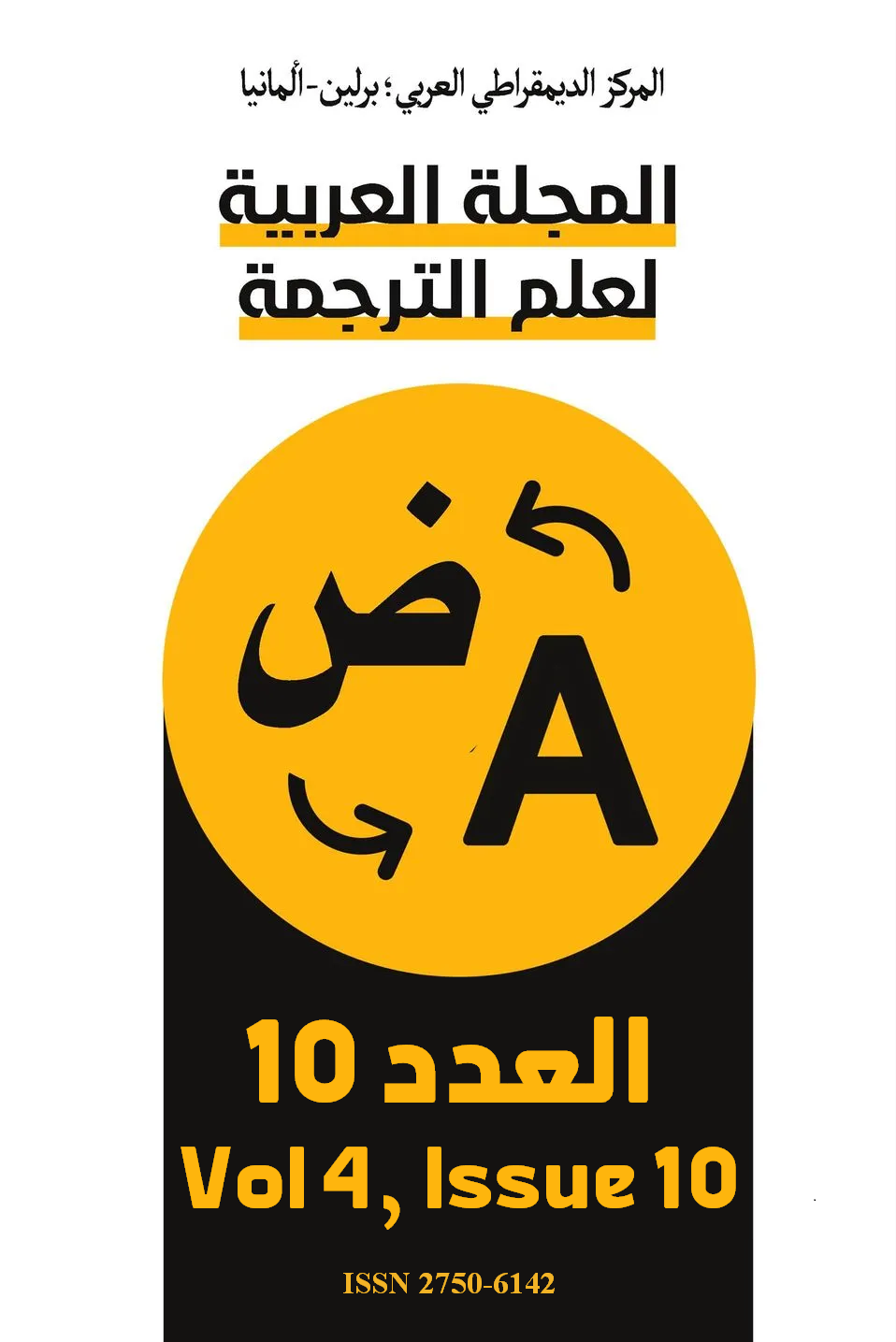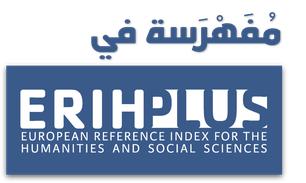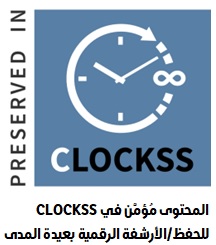The Applicability of Borrowing: Crossing SL Boundaries Towards the TL Typology (the case of English-Arabic translation of specialized terminologies)
DOI:
https://doi.org/10.63939/AJTS.jq7cc663الكلمات المفتاحية:
Terminologies، Translation، Arabicization، Borrowingالملخص
Translating neologisms and specialized terms from any SL into any TL poses a real challenge for translators of scientific or specialized text types, since it requires not only an optimal knowledge of the languages in question, but a thorough understanding of the locus of that particular term in a particular domain. Arabic language, being different in terms of its expressive potentials, and phonological, as well as morphological characteristics, many procedures need to be put in effect in order to reach into a state of translatability of foreign terms, and in order for such terms to be adapted into the Arabic language system. Borrowing stands as the most adopted technique in rendering varieties of specialized terms into Arabic. Yet, for borrowing not be disruptive and uninformative, it needs to be combined with some other techniques like analogy, definition or explanation. Arabicizing foreign terms, may even be a better option to be opted for, yet, the same problem arises when it comes to the TL receptors’ familiarity vs unfamiliarity with the imported term/s, added to the volume of Arabicized terms in a particular text or a part of a text.
التنزيلات
المراجع
Al-Qinai, J. B. S. (2000). Morphophonemics of loanwords in Arabic. Studies in the Linguistic Sciences, 30(2), 1-25. http://hdl.handle.net/2142/9650 DOI: https://doi.org/10.1515/thli.1999.25.2-3.235
Berghammer, G. (2006). Translation and the language (s) of medicine: Keys to producing a successful German-English translation. The Write Stuff, 15(2), 40-44
Emery, P. G. (1982). Towards the creation of a unified scientific terminology in Arabic. In B. Snell (Ed.), Proceedings of Translating and the Computer: Term banks for tomorrow’s world (pp. 84-88). London: Aslib
Haspelmath, M. (2008). Loanword typology: Steps toward a systematic cross-linguistic study of lexical borrowability. In T. Stolz, D. Bakker & R. Salas Palomo (Ed.), Aspects of Language Contact: New Theoretical, Methodological and Empirical Findings with Special Focus on Romancisation Processes (pp. 43-62). Berlin, New York: De Gruyter Mouton. https://doi.org/10.1515/9783110206043.43 DOI: https://doi.org/10.1515/9783110206043.43
Khrisat, A. A., & Mohamad, M. S. (2014). Language’s borrowings: The role of the borrowed and Arabized words in enriching Arabic language. American Journal of Humanities and Social Sciences, 2(2), 133-142 DOI: https://doi.org/10.11634/232907811402533
Vogel, C. G. (1999). Legends of landforms: Native American lore and the geology of the land. Brookfield: Millbrook Press
Molina, L., & Hurtado Albir, A. (2002). Translation techniques revisited: A dynamic and functionalist approach. Meta, 47(4), 498-512 DOI: https://doi.org/10.7202/008033ar
Sager, J. C., & Nkwenti-Azeh, B. (1989). Terminological problems involved in the process of exchange of new technology between developing countries: study on recent developments in the relationship between science, technology and society in different economic, social and cultural contexts. Paris : UNESCO.
التنزيلات
منشور
إصدار
القسم
الرخصة

هذا العمل مرخص بموجب Creative Commons Attribution-NonCommercial 4.0 International License.
يتأطرُ نَشَاطَا النشر والتوزيع الخَاصَّيْنِ بمقالات المجلة برخصة المشاع الإبداعي اللاتجارية والحافظة للنسب CC BY-NC 4.0، والتي تنص على الآتي:
- لك كقارئ أو زائر مُطْلَقُ الحرية في:
- المشاركة: نسخ وتوزيع ونقل العمل لأي مكان أو تحويله لأي شكل.
- التعديل:المزج، التحويل، والإضافة على العمل.
لا يمكن لنا كجهة مُرَخِّصَة إلغاء هذه الصلاحيات طالما اتبعتَ شروط الرخصة.
- يتوجب عليك في المقابل احترام الشروط التالية:
- نَسب المُصنَّف (المقالة):يجب عليك نَسب العمل لصاحبه بطريقة مناسبة، وتوفير رابط للترخيص، وبيانُ إذا ما قد أُجريت أي تعديلات على العمل. يُمْكِنُكَ القيام بهذا بأي طريقة مناسبة، ولكن على ألا يتم ذلك بطريقة توحي بأن المُؤَلِّف أو المُرَخِّص مُؤَيِّد لك أو لعملك.
- غير تجاري:لا يمكنك استخدام هذا العمل لأغراض تجارية.
- منع القيود الإضافية: يجب عليك ألا تُطَبِّقَ أي شروط قانونية أو تدابير تكنولوجية تقيد الآخرين من ممارسة الصلاحيات التي تَسْمَحُ بها الرخصة.












